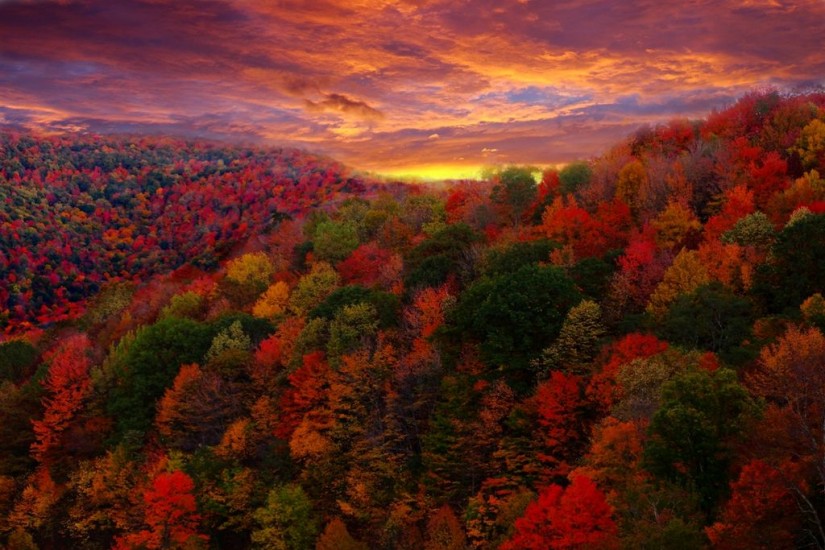This morning, while driving in central Vermont, listening to the latest news about hurricanes in Florida and Texas, I caught up with my first leaf peeper of the season. Poking along at about 20 mph in his rental car, the tourist was peering at our hills of orange and crimson and gold leaves while simultaneously looking for a place to pull over to snap a photo.
Fall foliage and hurricane season go hand in hand in New England. But what few people realize is that the spectacular blazing colors from our hardwood forests are the result of the great hurricane of 1938, which brought 100 mph winds inland to Vermont, New Hampshire, and Maine 79 years ago on September 21.
The storm that came to be known as “Thirty-Eight” (the system of naming hurricanes didn’t begin until 1953) was the first Category 2 hurricane to reach Vermont and New Hampshire, and it came without warning. Thirty-Eight made landfall on Long Island, crossed the Long Island Sound into Connecticut and Rhode Island, and raced through Massachusetts and Vermont. It had been at least a generation since any hurricane had hit the region, even the coast.
Because of the lack of warning, or preparedness, more than 600 people died, most of them from the storm surge that swept beachfront houses into the sea. Floods and high winds—the fiercest wind was measured near Boston at 186 miles per hour—destroyed roads, bridges, houses, barns, and railroad tracks.
Inland, these winds uprooted nearly 1,000 square miles of forest, ripping holes in the tree canopy ranging from the size of a city yard to as large as 90 acres. And in doing so, the hurricane created a new forest across much of New England.
Most of the people who lived through the hurricane are gone, but I have been fortunate to hear the stories of many of them. One dramatic story came from Fred Hunt, at the time a 14-year-old boy playing hooky in the woods in Rindge, New Hampshire. Late in the day, a huge pine—more than 100 feet tall—was uprooted and landed five steps behind him, its trunk parallel to the ground. Thinking quickly, he scrambled into the space beneath the trunk of the fallen pine and stayed there for 10 minutes while the winds howled mercilessly and blew down every other tree in the forest. When there were no more trees left standing, Fred scrambled through the tangle of downed trees the last half-mile to home.
